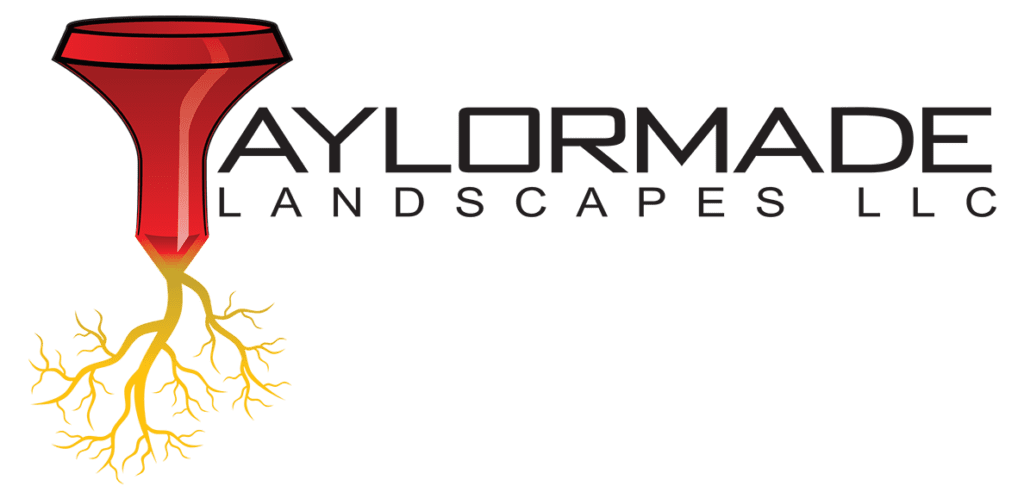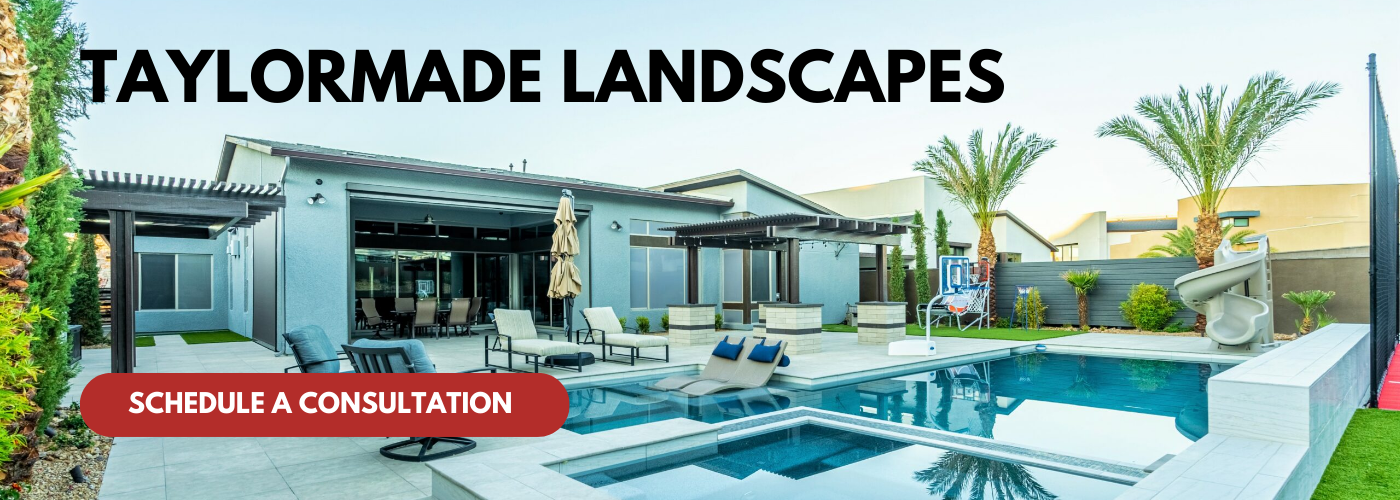As the world evolves, so do the dynamics of outdoor living spaces, with hardscape elements playing a crucial role in enhancing both functionality and aesthetics. For homeowners and landscape designers alike, understanding seasonal considerations for hardscaping in 2025 is paramount to creating resilient, enduring environments. Hardscapes—comprising patios, walkways, retaining walls, and other non-plant elements—are not just about visual appeal; they also need to stand the test of changing weather conditions and seasonal transitions.
With climate patterns exhibiting unprecedented shifts and fluctuations, staying ahead of potential challenges is essential. From extreme heat to uncharacteristic cold snaps, these weather extremes can impact materials, installation techniques, and maintenance practices. Additionally, regional considerations come into play, as different geographic locations may experience varying seasonal impacts. Thus, it’s essential for both designers and homeowners to assess local climate data and trends when planning hardscape installations.
Moreover, seasonal aesthetics and functionality must be taken into account when designing outdoor spaces. The colors and textures that are appealing during the summer months may not necessarily hold the same charm in fall or winter. Beyond aesthetics, considerations such as drainage, snow removal, and surface traction are critical to ensuring that hardscaping remains both beautiful and practical throughout the year. As we look towards 2025, it is vital to blend innovative materials and technologies with traditional hardscape design principles, creating spaces that are not only stunning and inviting but also sustainable and resilient in the face of seasonal challenges. In this article, we will explore key seasonal considerations for hardscaping in the coming years, equipping you with the knowledge to create outdoor spaces that thrive in any season.
Climate Impact on Material Durability
Understanding the climate impact on material durability is crucial for anyone engaged in hardscape design and installation. In 2025, as we continue to witness the effects of climate change, the selection of materials will play a vital role in the longevity and sustainability of hardscaping projects. Different materials react differently to environmental stresses such as extreme temperatures, moisture levels, and UV exposure. For example, porous materials may be more susceptible to water absorption, freezing, and thawing cycles, which can lead to cracking and degradation over time. On the other hand, materials like concrete and natural stone may offer better resilience but could also face challenges under varying climatic conditions, such as heat stress or discoloration due to intense sun exposure.
When planning hardscaping projects for different seasons, it is imperative to consider how weather conditions will affect the integrity and performance of chosen materials. For instance, a material that holds up well in arid climates may not perform similarly in regions that experience significant rain or snow. Ideally, one should choose materials that are proven to withstand local weather conditions—this involves researching historical climate patterns and predicting future trends for the area. Additionally, it is essential to think about the embodied energy of materials, as choosing locally sourced options not only reduces transportation emissions but may also be better suited for local climate conditions.
In 2025, focusing on sustainable materials and those that have low environmental impact will also be an important consideration. Materials treated with eco-friendly coatings or those that utilize recycled content will not only contribute to futuristic aesthetics but will promote resiliency against the climate impacts. Choosing materials that allow for permeable surfaces can help to mitigate water runoff, reducing the potential for flooding—a growing concern in many regions due to changing climate patterns. By considering these factors, designers and homeowners can create hardscapes that are not only durable but also climate-conscious, ensuring that their outdoor spaces remain both beautiful and functional for years to come.
Seasonal Maintenance Requirements
When it comes to hardscape installations, seasonal maintenance requirements are critical to ensuring the longevity and aesthetic appeal of the materials used. Different hardscaping elements, such as patios, walks, and retaining walls, can be susceptible to seasonal changes that may affect their structural integrity and appearance. Understanding these seasonal requirements is essential for homeowners, landscapers, and property managers who seek to maintain their outdoor spaces effectively.
In the spring, for instance, it’s vital to conduct a thorough inspection of hardscape features to assess any winter damage. Freeze-thaw cycles can lead to cracking in concrete blocks or stonework, while moisture buildup can cause moss or algae growth on surfaces. Power washing and sealing can help restore the original appearance while providing a protective layer against moisture infiltration. As the temperatures rise, it’s also important to address any weed growth that may appear in the joints of paving stones or in gravel areas. Regular maintenance, such as re-sanding and sealing joints, will help prevent shifting and ensure that the surface remains stable.
Seasonal considerations also extend into summer as the heat can lead to drying out of certain materials, particularly those composed of clay or wood, which may require staining or sealing to prevent fading and cracking. In the fall, a routine clean-up of leaves and debris is essential as accumulated material can hold moisture against hardscape surfaces, leading to potential mold or degradation. Additionally, if you live in an area prone to snow and ice, preparing your hardscapes for winter involves implementing protective measures like applying ice melt that is safe for the material type and ensuring proper snow removal techniques to avoid scratching or damaging surfaces.
Overall, comprehensive seasonal maintenance for hardscape features promotes safety, enhances aesthetic value, and prolongs the life of the materials used. For 2025, being proactive about these seasonal changes will allow property owners to avoid costly repairs and ensure that their outdoor spaces remain functional and attractive throughout the year.
Seasonal Design Trends and Aesthetics
As we approach 2025, understanding seasonal design trends and aesthetics for hardscaping becomes essential for homeowners and landscape designers alike. Seasonal design trends often reflect broader climatic patterns, cultural shifts, and evolving aesthetic preferences. In recent years, there has been a notable inclination towards designs that embrace natural elements, with textures and materials that resonate with the surrounding environment. For instance, the use of eco-friendly materials, such as reclaimed wood or permeable paving stones, not only enhances the aesthetic value of a hardscape but also aligns with sustainability trends that have gained momentum.
In terms of seasonal color palettes, 2025 is expected to see a preference for muted earth tones during the fall and winter months, transitioning to vibrant hues in the spring and summer. Homeowners can experiment with different materials and finishes to create visual interest that changes with the seasons. For example, integrating smooth, light-colored stones can reflect the bright and lively atmosphere of summer, while darker, textured surfaces can invoke a sense of warmth and coziness in the colder months.
Moreover, the design’s functionality should be a fundamental aspect of hardscaping. Features such as outdoor seating areas, fire pits, and walkways not only enhance the visual appeal but also serve practical purposes throughout the year. In 2025, there may be an increasing focus on designs that allow for flexible use across different seasons; for example, incorporating movable furniture that can be well-integrated into the landscape during social gatherings in summer and repurposed for warmth and comfort during the fall.
When considering the integration of hardscape elements, seasonal aesthetics can be further enriched by the strategic placement of lighting, which plays a crucial role in setting the atmosphere. Use of warm-toned LED lighting can complement the autumn foliage, and soft white lights can enhance the clarity of spring blooms. As seasonal considerations evolve, it becomes evident that the interplay of hardscape design with natural seasonal changes contributes to an outdoor space’s overall experience, guiding designers and homeowners toward creating more harmonious and inviting landscapes.
Water Drainage and Soil Stability
When considering hardscape design, effective water drainage and soil stability are critical elements that can significantly impact both function and longevity. Proper drainage systems prevent the accumulation of water around structures, ensuring that the hardscape remains intact and functional over time. Neglecting this aspect can lead to various issues, including erosion, flooding, and foundation instability. For a hardscape to be effective, it must effectively channel water away from structures while promoting healthy soil conditions to support adjacent plant life.
In 2025, it’s crucial to apply modern drainage solutions while accounting for the changing weather patterns that may affect water flow and soil integrity. The rise in extreme weather events, including heavy rainfall, necessitates the incorporation of permeable pavers, rain gardens, and bioswales. These solutions can effectively manage stormwater runoff while promoting groundwater recharge, thereby reducing pressure on municipal drainage systems. Moreover, soil stability should also be a primary design consideration. The type of soil, whether clay, sandy, or loamy, will influence how hardscaping features should be designed and installed. Strategies such as proper compaction and grading techniques will support the stability of hardscape installations and help prevent shifting or settling over time.
Additionally, seasonal considerations play a vital role in the maintenance of water drainage systems. In regions experiencing winter weather, for instance, it’s essential to consider how freeze-thaw cycles will affect both soil and drainage. Proper installation of drainage solutions can prevent ice formation and soil heaving, which can compromise the stability of pavers, walls, and other hardscape elements. Furthermore, monitoring and maintenance during the spring thaw is necessary to ensure that drainage systems are operating correctly after winter conditions.
As you plan your hardscape for 2025, investing in quality materials designed for durability and resilience will be essential. Emphasizing effective drainage and soil stabilization techniques will not only enhance the aesthetic appeal of outdoor spaces but also ensure their functionality and longevity. Engaging with landscape professionals who understand local climate patterns can also provide valuable insights into creating a practical and sustainable design that addresses water drainage and soil stability effectively.
Plant Integration and Seasonal Growth Patterns
When planning a hardscape layout, understanding plant integration and seasonal growth patterns is essential for creating a cohesive outdoor space. Hardscaping involves the non-plant elements of landscaping, such as patios, walkways, and retaining walls, while softscaping refers to the planting of various flora. The successful combination of these two elements can enhance the aesthetic appeal and functionality of your outdoor space year-round.
One of the primary considerations when integrating plants into a hardscape is the seasonal growth patterns of the chosen vegetation. Different plants may exhibit varying growth behaviors throughout the year, with some thriving during the spring and summer, while others may be more dormant in the colder months. In 2025, it will be crucial to select plants that not only complement the design of the hardscape but also suit the climate and seasonal changes of the region. For instance, native plants are often more resilient and adaptable, requiring less maintenance and offering year-round interest through foliage, flowers, and even winter structure.
Moreover, seasonal color variations can significantly influence the visual appeal of hardscapes. A well-planned integration of plants allows for vibrant blooms in spring and summer, rich autumn foliage, and even textured stems and seeds in winter. It’s advisable to consider a staggered bloom period when selecting plants, ensuring that at any given time, some aspects of your planting will be vibrant while others may provide contrasting colors or textures. Additionally, understanding how plants grow and establish roots in relation to hardscape elements like patios or pathways is vital. Root systems should not compromise the structural integrity of hardscape features, so proper planning is necessary to prevent potential damage.
When thinking ahead to 2025, incorporating climate resilience into plant selection will also be essential. Given the shifting climate patterns, especially in certain regions, selecting plants that can withstand fluctuating temperatures and weather patterns will enhance the durability and longevity of the hardscape area. Xeriscaping principles, which promote water-efficient practices, can be beneficial as they often favor drought-resistant plants that may pair well with hardscape structures. Implementing thoughtful design principles focused on plant integration will ensure that your outdoor space remains beautiful and functional throughout the seasonal cycle.



